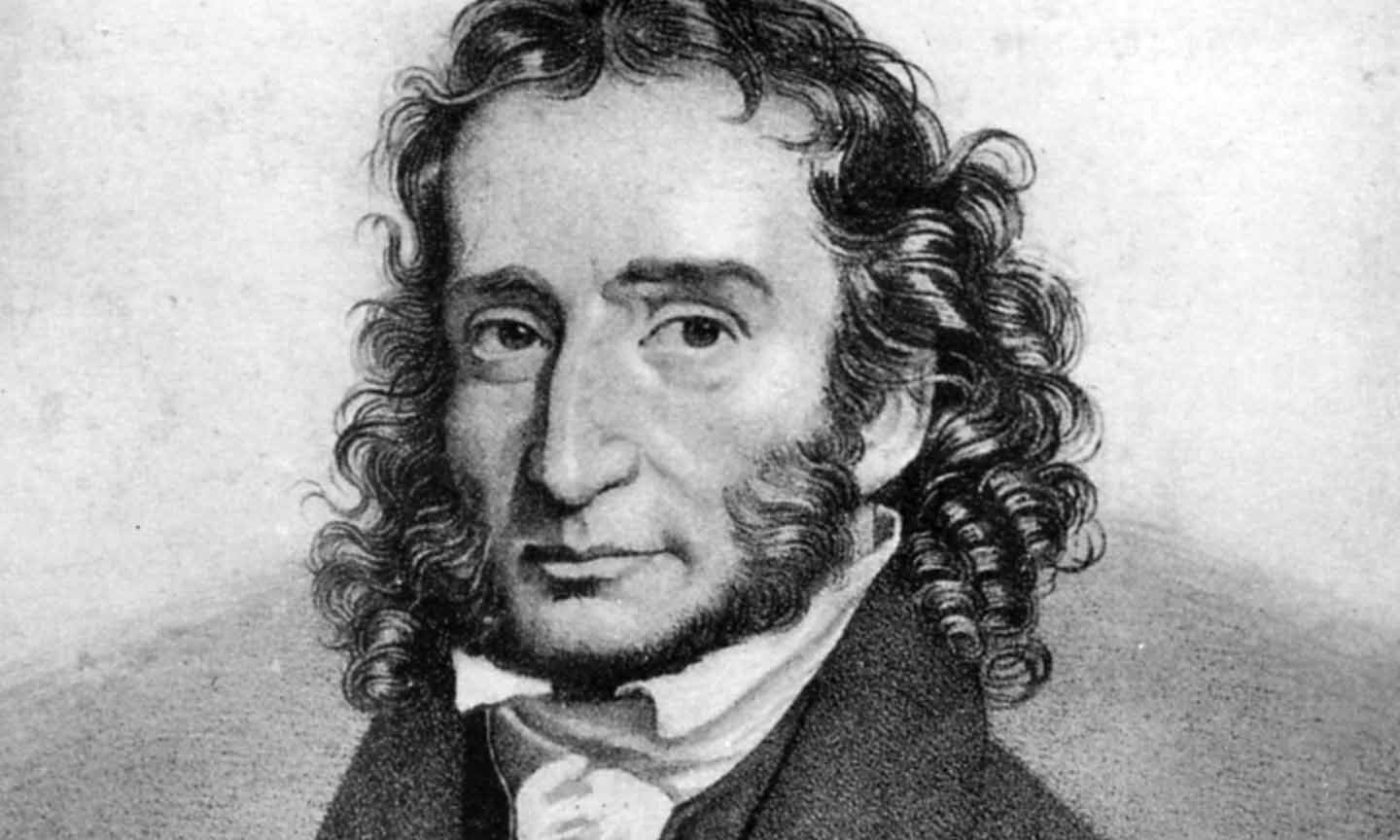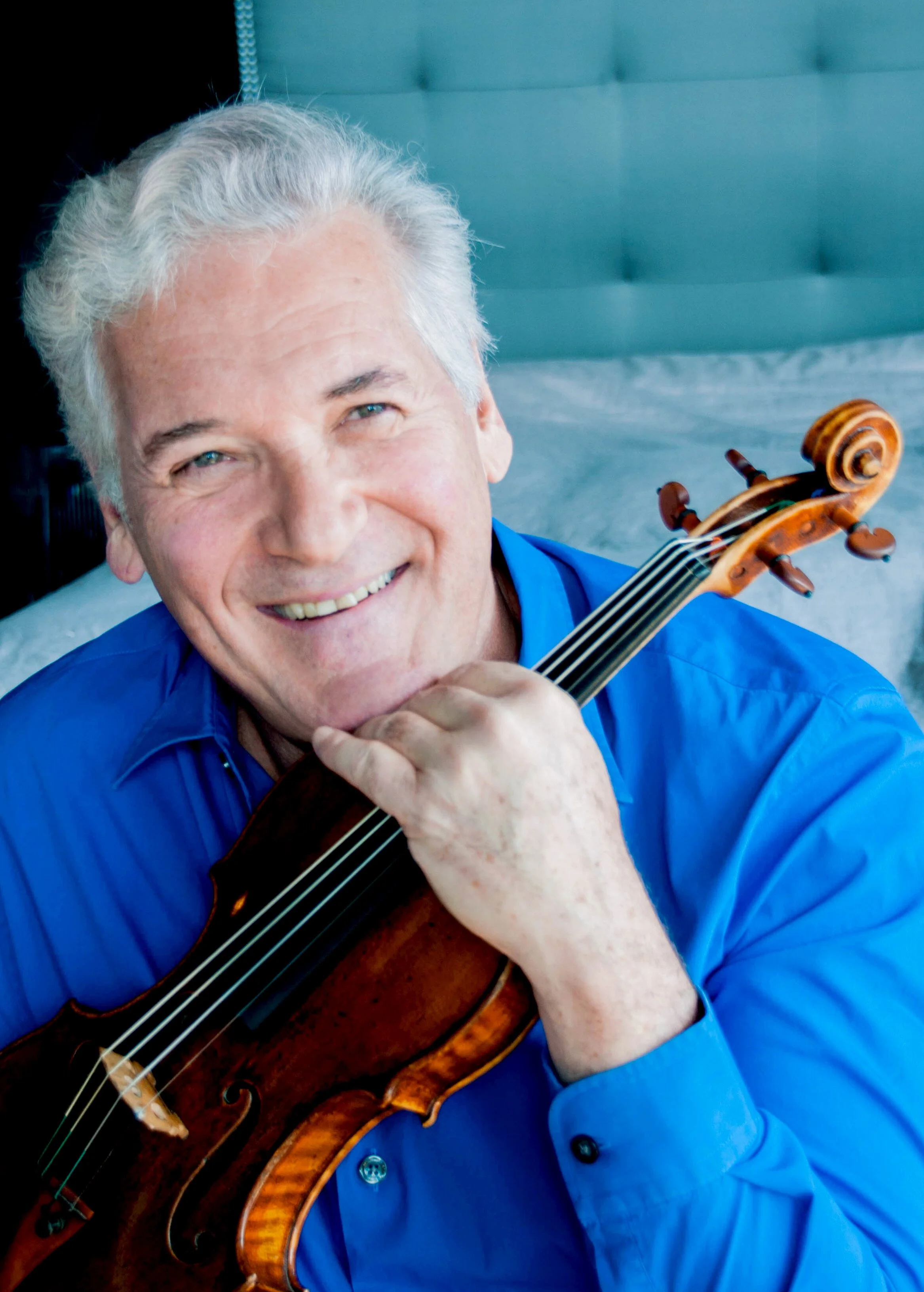From AVS Congress to the Stage in Just 26 Years: A Slow Productivity Odyssey
In the summer of 1997 I traveled to the University of Texas at Austin to play in the International Viola Congress. I had successfully auditioned to join a group of high school students that would learn and perform Gordon Jacob's Suite for 8 Violas at the Congress.
I was excited, but truth be told, I wasn't really supposed to be there! I was the lone Oklahoman in a group of Texans, my tape (yes, a cassette tape!) snuck into consideration by means lost to history.
Our group was led by American Viola Society stalwart Thomas Tatton, who patiently led rehearsals for our performance in the Congress. In our time off, we were encouraged to attend the numerous masterclasses, workshops and concerts packed into the week.
Growing up in the pre-YouTube era in a small college town, the majority of my exposure to high-level playing was through recordings. A few great groups, like the Chamber Music Society of Lincoln Center and the Ying Quartet, made stops in our town, and my mother always ensured we caught their performances. We even drove to the "big" cities (Tulsa and Oklahoma City) once in a while to see greats like Itzhak Perlman perform with the Tulsa Philharmonic. But I had never heard live solo viola playing at the highest levels, and aside from a few sonatas and the major concerti I knew little of the repertoire.
So to me the Congress was a viola paradise! Not only did I hear amazing playing by some of the best violists in the country, it also was my first exposure to much of the repertoire. I heard Hindemith's Sonata Op. 11 #4 gorgeously performed by Scott Lee. I saw Richard O'Neill, later a classmate of mine at USC, give a wonderful performance of the Clarke Sonata in a masterclass. I heard fantastic playing by Primrose Competition winners Christina Castelli and Cathy Basrak, and a tremendous recital by a nearly octogenarian Joseph de Pasquale. And the experience of witnessing all those performances LIVE made me realize what I had been missing with recordings.
But the performance that stood out in all those amazing concerts was experiencing Geraldine Walther, then principal violist of the San Francisco Symphony, perform Paganini's Sonata for the Grand Viola. I was floored. Walther did things on the instrument that seemed almost magical, things I couldn't wrap my head around. I was inspired, and resolved that one day I would perform the piece myself.
I don't remember when exactly I purchased the music to the Grand Sonata, but I do remember opening it, attempting to play a few lines, then closing it in frustration. I didn't have the technical chops to even fake my way through it! This became a strange sort of ritual. Every year or two I would see the music in my stacks, pull it out, play through a bit, then give up, realizing I still didn't have what it took to make it through.
The piece loomed large in my mind, a technical Mt. Everest. I had the desire, but not the skill, and I lacked the patience to develop and implement a plan to gain those skills.
It would take the pandemic to interrupt that cycle.
During COVID, I learned about Slow Productivity, an approach to work Georgetown computer scientist Cal Newport was then developing. Now a book, Slow Productivity has three simple principles:
do fewer things
work at a natural pace
obsess over quality
Newport touts this as a proven strategy for creating remarkable work over the long term, without burnout. And by "remarkable," he means it in its most literal sense: work worth talking about.
Armed with this framework, I returned to Mt. Paganini with renewed vigor.
Do Fewer Things
"Do fewer things" was the biggest and hardest part of the Slow Productivity equation for me, and I likely would not have made it past this first hurdle were it not for the extraordinary circumstances of the pandemic. COVID brought the entire world to a halt. And at an individual level it made me reexamine my own priorities, both personal and professional, in the deepest way.
I realized I had a habit of saying "yes" to so many obligations, both performance and otherwise, that it was impossible to prepare well for any of them! I was spread so thin that I had no quality time to devote to my continued development as a musician, nor to the projects I cared most about…not to mention time with my own young family! I knew I didn't want to spend the precious time I had on this planet running frantically from obligation to obligation and resolved to make a change.
So with performances at a standstill, I spent the time I would have been rehearsing working on my playing in a way I hadn't since music school. In two years I learned more solo repertoire than I had in the 15 years before. I studied great works like Stravinsky's Elegie and movements from Bach's Sonatas and Partitas for Solo Violin that I’d never had time for before. I shored up my bow arm by learning Tartini's complete Art of Bowing and Elgar's La Capricieuse. And I challenged my left hand with virtuosic pieces including Quincy Porter's Speed Etude, Primrose's Sarasateana and Paganini's 24th Caprice. Throughout the process I posted videos of my works-in-progress to a supportive online community, which encouraged me along the way.
So when I opened the music for the Grand Sonata again in the Spring of 2022, after two years of this work, the impossible things in the piece suddenly seemed possible. Not easy, mind you...but possible! But that sliver of possibility was enough to spur me to learn the piece in earnest. I decided it was time to give it a go.
Work at a Natural Pace
By Spring of 2022, concerts were up and running again, which meant I would have to weave learning the Paganini around my other performance obligations. This meant there would be some periods when I could focus intensely on it, and others when I had to slowly chip away at it or put it away completely.
By that time, I was getting better at saying “no” to too many obligations. Initially this was scary! Since most of my performance work is freelance, I worried saying "no" would result in fewer calls, which meant fewer paychecks! But over time I realized the ability to spend more time on projects I care most about made me happier as a musician, which meant I performed better on the things I did say "yes" to, which in turn meant I got more calls from those I wanted to call!
Without stuffing my calendar full of back-to-back performance obligations, I had actual downtime between projects. This new downtime allowed me to fulfill the second part of the Slow Productivity formula, "work at a natural pace." Working at a natural pace recognizes a need for an ebb and flow to the intensity of work. Just as we can't expect to sprint for the length of a marathon, we can't expect to practice at high intensity for weeks on end without flaming out.
Musicians are athletes of a very peculiar sort, and need on and off-seasons just as a regular athlete might. For example, when one of my teachers, former LA Phil violist Ralph Fielding, was on the audition circuit, he would prepare for about 6 weeks, then take 6 weeks off from intense practice. Cal Newport calls this ebb and flow of work "seasonality."
A "natural pace" was a perfect approach for Paganini, as the piece had numerous techniques that weren't in my bag of tricks and needed ample time and experimentation simply to get them to the point of playability. Whole sections of the piece, like the high parts of Variation 1, took weeks before I could play them at even a slow tempo.
I got stuck...a lot! But I was lucky to have support. For all of 2022, I was working with a great teacher, Nathan Cole, and I got targeted advice from him when I got stuck.
Obsess Over Quality
An obsession with quality is perhaps the easiest aspect of the Slow Productivity philosophy for musicians to grasp, as we spend the bulk of our time learning to pick apart and to improve (I refuse the verb word "to perfect!") a piece in all its details.
By making this the last principle of Slow Productivity, Newport emphasizes the fact that a focus on quality is nearly impossible if we're doing too many things or working too fast! Given sufficient space and time we can obsess over quality without tipping over into burnout. Furthermore, if musicians work at a natural pace (organization helps!), it can prevent obsession from turning into debilitating perfectionism.
Coming Full Circle
My first performance of the Paganini Sonata took place in a recital at my school in April 2023, a year after I began working on it. It went...ok. Let's just say I was no Gerry Walther :-). After putting it away for the summer, I was beyond fortunate to get two performances of the work with the San Diego State University Symphony Orchestra, in December 2023 and March 2024. Unsurprisingly, each time I came back to the piece it felt a little better.
Here's a clip from one of the rehearsals with our orchestra:
Even though I didn't get the piece up to Walther's level, I took pride in the fact that I had created something remarkable. And I know I created something remarkable, because after my first performance with the orchestra a number of students came up to me to let me know how amazed and inspired they were by my playing. So even if my playing wasn't up to Walther's standards, I'm proud I was able to pay the energy she gave me forward to my own students, and just 26 years after first hearing her at the Viola Congress!









